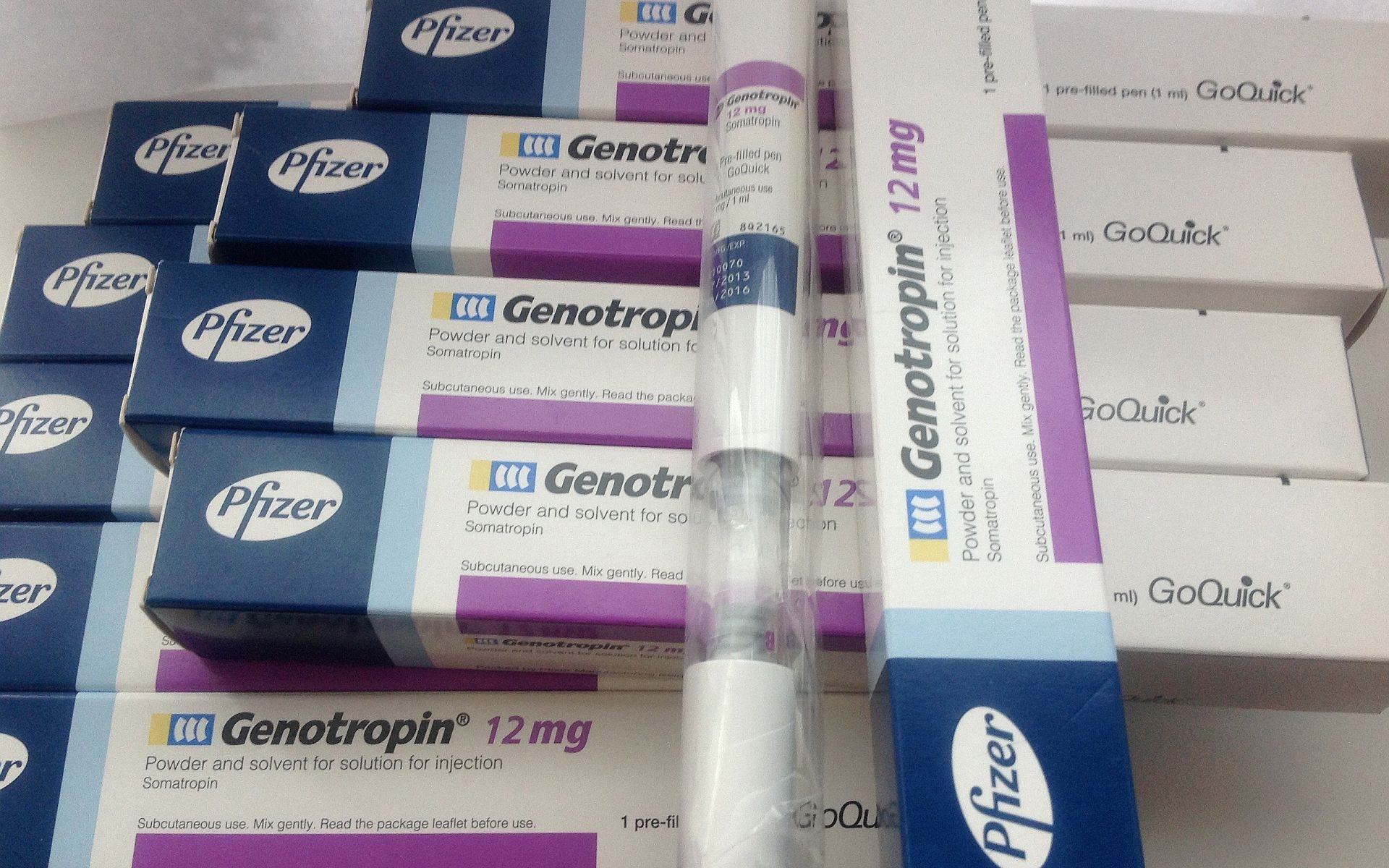
What will be included within this article are pieces to the puzzle of how one may use growth hormone to maximize their overall hypertrophy potential. For those that do not care about how I ultimately arrived at my final recommendations, please feel free to skip straight ahead to the “practical applications” section located at the very end of the article. Okay, let’s begin…
How would you like to be equipped with a highly effective method to get bodybuilders to look at you first with confusion, followed shortly afterward by utter irritation? It’s quite simple really; just use any variation of the following statement:
Growth hormone causes lean body mass to significantly increase, is also highly anabolic, yet it won’t grow skeletal muscle tissue…
Over the course of this article, I’ll explain how this comment is 100% accurate despite seeming to be a bit nonsensical at first glance. To set some of the parameters up front, there will be talk about AAS as well as its synergistic relationship alongside GH, but there will only be a few mentions of insulin. The article was an enormous undertaking in its current format. I feel that in order to give the topic its just due, GH + insulin deserves its own article because of the immense complexities that exist in their relationship. I’m also not going to touch on GH secretagogues, exotic research peptides, or other analogs so that we can focus primarily on the core fundamentals. Unless otherwise stated in the article, assume we are talking about either endogenous or recombinant FDA-grade growth hormone.
And finally, this article is geared exclusively towards men. Sorry ladies, but males are far more responsive to the anabolic effects of GH supplementation than women, and GH is highly sexually dimorphic in nature [1]. So unless I clearly state otherwise, this will be male-oriented and I will have to save save a more female-friendly article for another time.
Introduction to Anabolism and Muscle Growth
The first thing we need to do is set ourselves up with some concise definitions of what things like anabolism, hypertrophy, and hyperplasia mean. I see them frequently used almost interchangeably, but there are quite a few key differences. For instance, just because something is anabolic does not automatically mean it will cause skeletal muscle tissue growth. Conversely just because something is catabolic does not automatically mean it cannot contribute to skeletal muscle tissue growth in a positive fashion.
Anabolism may be defined as any state in which nitrogen is positively retained in lean body mass, either via stimulation of protein synthesis or suppressed rates of proteolysis, which is just a fancy term for protein breakdown [2]. The first caveat to our earlier statement is that lean body mass measurements include both total body and free water in their calculations [3], which growth hormone is very adept at increasing. So, just because you read a study which claims lean body mass was increased by GH treatment, don’t automatically assume this is the same thing as concluding skeletal muscle tissue increased.
Skeletal muscle is a highly complex and plastic tissue able to adapt to the ever-changing functional demands being placed upon it. And when we talk about skeletal muscle increasing its mass, we are primarily talking about it doing so via one of two primary mechanisms – hypertrophy or hyperplasia.
Hypertrophy is the process by which an increase in skeletal muscle mass occurs via the increased size of an existing muscle fiber’s cross-sectional area (CSA). The hypertrophy process is mediated by many factors with exercise-induced hypertrophy, of special interest to bodybuilders, being mediated by a combination of mechanical tension, muscle damage, and metabolic stress [4].
Conversely, hyperplasia is the process by which an increase in skeletal muscle mass is achieved via an increase in the actual number of muscle fibers. It is generally accepted that, in humans, the number of fibers within skeletal muscle is genetically predetermined and fixed during the perinatal period [5]. There have been a handful of animal studies that have demonstrated that hyperplasia can occur [6-7], often under unique test conditions, but trying to infer from this that it occurs in humans [8-9] is highly speculative at best. Even if hyperplasia does occur in human muscle, it is very likely only a minor factor in the overall mass gaining picture and I’m not planning on spending a lot of time on it here. However, due to how often definitive claims are made that GH causes hyperplasia, it is worth reiterating that these types of statements should be seen as nothing more than speculative.
The Discovery of the “Hormone of Growth”
It has been well over 100 years since Harvey Cushing first proposed the existence of a “hormone of growth” [10] and growth hormone was later isolated, identified, and extracted from the human pituitary in the 1940s [11]. In the decade following, a pivotal hypothesis first proposed that it wasn’t this newly isolated GH peptide which was causing growth but rather a group of serum factors under the control of GH [12]. These serum factors were later referred to as sulfation factors, to indicate substances controlled by GH which stimulated sulfate uptake into cartilage and tissue. This hypothesis tried to help researchers better reconcile how somatic growth was being regulated by a substance secreted by the pituitary gland, while simultaneously reinforcing the fact that this pituitary-secreted substance did not act directly on its target tissues to promote growth [13-14].
No replies yet
Loading new replies...
Join the full discussion at the MESO-Rx →